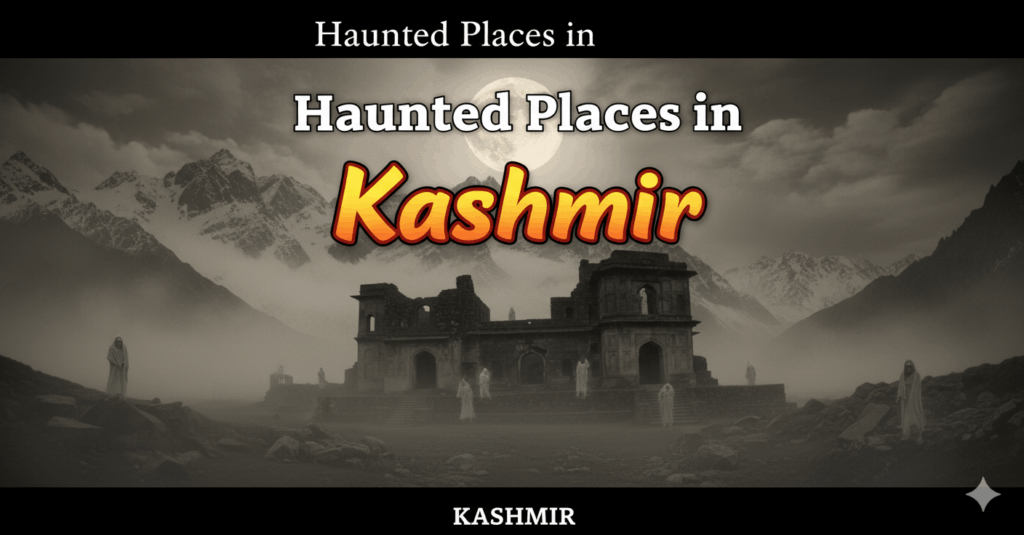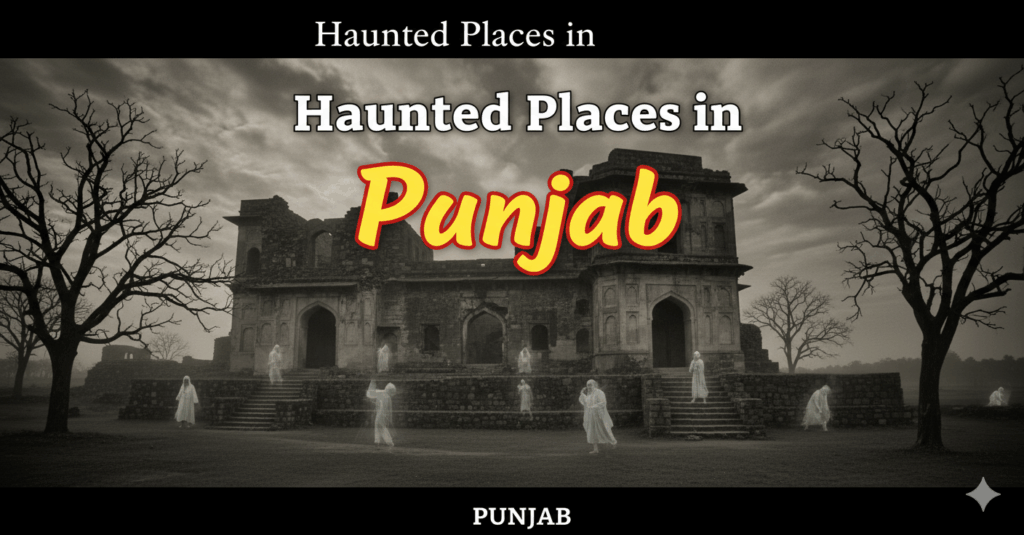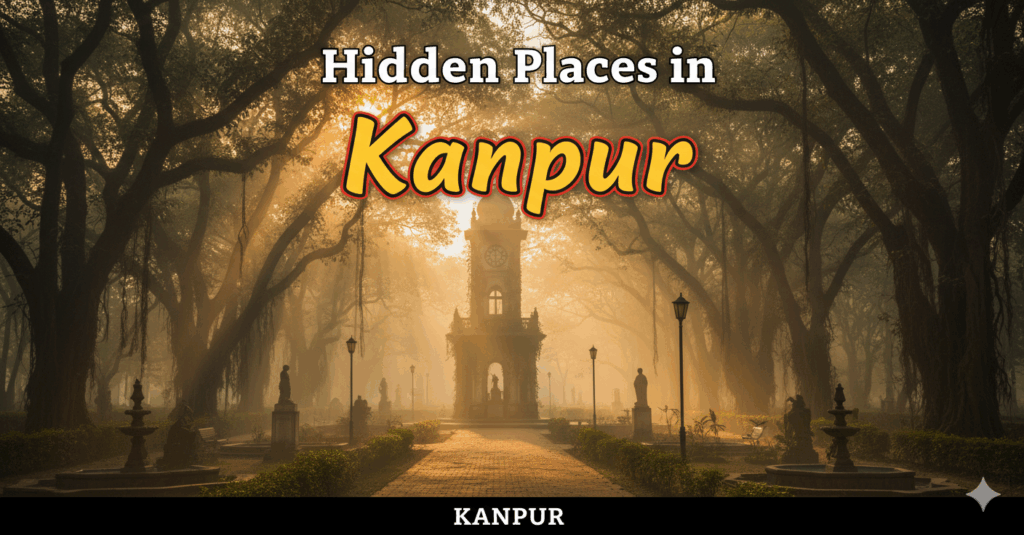Makkah, the holiest city in Islam, offers profound spiritual experiences beyond the sacred rituals of Umrah, with numerous significant places to visit in makkah during umrah that hold deep religious and historical importance. Understanding these sacred sites and their significance enhances the spiritual journey for millions of pilgrims who visit this blessed city annually. From the magnificent Masjid al-Haram to historical sites that chronicle the early days of Islam, each location provides opportunities for reflection, prayer, and spiritual connection.
This comprehensive guide explores essential ziyarat in makkah locations, their religious significance, visiting protocols, and practical considerations that help pilgrims maximize their spiritual experience while respecting Islamic traditions and local customs. Whether you’re performing Umrah for the first time or returning to deepen your spiritual connection, understanding these sacred places enriches your pilgrimage journey immeasurably.
Table of Contents
Places to Visit in Makkah During Umrah: Essentials Sacred Sites Overview
The holy city of Makkah contains numerous sites of immense religious significance that complement the primary Umrah rituals, offering pilgrims opportunities for additional prayers, reflection, and spiritual growth throughout their sacred journey.
| Sacred Site | Significance | Best Visiting Time | Duration |
|---|---|---|---|
| Masjid al-Haram | House of Allah, Kaaba location | 24/7 open | 2-4 hours daily |
| Jabal al-Nour (Cave Hira) | First revelation site | Early morning | 2-3 hours |
| Jabal Thawr (Cave Thawr) | Prophet’s hiding place during Hijra | Morning/Evening | 2-3 hours |
| Jannat al-Mu’alla | Historic Islamic cemetery | Morning hours | 1-2 hours |
| Masjid Aisha (Tan’eem) | Ihram renewal point | Anytime | 1 hour |
Understanding these makkah ziyarat places and their historical context provides pilgrims with comprehensive spiritual experiences that extend beyond the fundamental Umrah obligations, creating lasting memories and deepened faith connections.
1. Masjid al-Haram: The Heart of Islamic Pilgrimage

Masjid al-Haram stands as the most sacred among all places to visit in mecca during umrah, housing the holy Kaaba and serving as the focal point for millions of Muslims worldwide who turn toward it five times daily in prayer.
The Sacred Kaaba and Essential Rituals
The Kaaba represents the spiritual heart of Islam, drawing millions of pilgrims annually to perform the sacred ritual of Tawaf in this most blessed location within Masjid al-Haram.
The Kaaba, draped in the magnificent black Kiswah, represents the house of Allah and the qibla (direction of prayer) for Muslims globally. Performing Tawaf (circumambulation) around the Kaaba constitutes one of the fundamental rituals of Umrah, requiring seven complete circuits while reciting specific prayers and supplications.
Tawaf Guidelines:
- Begin at the Black Stone (Hajar al-Aswad) corner when possible
- Perform seven counter-clockwise circuits around the Kaaba
- Maintain state of ritual purity (Wudu) throughout
- Recite prayers and supplications during circumambulation
- Complete with two Rak’ah prayer at Maqam Ibrahim when accessible
Zamzam Well and Sa’i Ritual
The blessed Zamzam Well provides sacred water with profound spiritual significance, representing divine mercy and sustenance that connects pilgrims to Islamic history and tradition.
The Zamzam Well, located within the mosque complex, provides sacred water that holds special significance in Islamic tradition. According to Islamic history, this well miraculously appeared to provide water for Hajar and her infant son Ismail in the desert, making it one of the most blessed saudi makkah locations.
Sa’i Procedure: Sa’i, the ritual walking between Safa and Marwah hills, commemorates Hajar’s search for water for her son Ismail. This essential Umrah component requires seven trips between the two hills, now enclosed within the mosque’s expanded structure with air-conditioned corridors and clear directional signs.
The mosque’s modern facilities accommodate millions of pilgrims comfortably while maintaining the spiritual essence of these ancient rituals, with multiple levels and comprehensive amenities for all visitors.
Many pilgrims combine their spiritual journey with extended Middle Eastern exploration through Dubai tour packages from Mumbai for comprehensive regional experiences.
2. Jabal al-Nour and Cave Hira: Site of First Revelation

Jabal al-Nour (Mountain of Light) houses Cave Hira, where Prophet Muhammad (peace be upon him) received the first Quranic revelation, making it one of the most spiritually significant places to visit in makkah for Islamic history and faith development.
Historical Significance and Visiting Experience
Cave Hira holds unparalleled significance as the birthplace of Islamic revelation, where the first divine message was received, making it a profound destination for spiritual reflection and connection.
Cave Hira represents the birthplace of Islam, where Angel Jibril (Gabriel) first appeared to Prophet Muhammad with the divine message. This sacred location attracts millions of pilgrims seeking spiritual connection and reflection on the origins of their faith.
Cave Hira Features:
- Located at a height of 634 meters on Jabal al-Nour (Mountain of Light)
- Small cave accommodating 4-5 people comfortably for meditation
- Approximately 4 kilometers distance from the holy Kaaba
- Site where Prophet Muhammad received the first Quranic revelation on Laylat al-Qadr
- Requires moderate hiking ability to reach the summit location
Visiting Guidelines: Proper planning and preparation ensure meaningful and safe visits to Cave Hira while maximizing spiritual benefits and respecting the sacred nature of this historic location.
Early morning hours (after Fajr prayer) provide comfortable temperatures and fewer crowds, while the climb typically takes 45-60 minutes depending on fitness level. Visitors should bring adequate water, sun protection, and wear comfortable walking shoes for the uphill journey.
3. Jabal Thawr and Cave Thawr: The Hijra Refuge
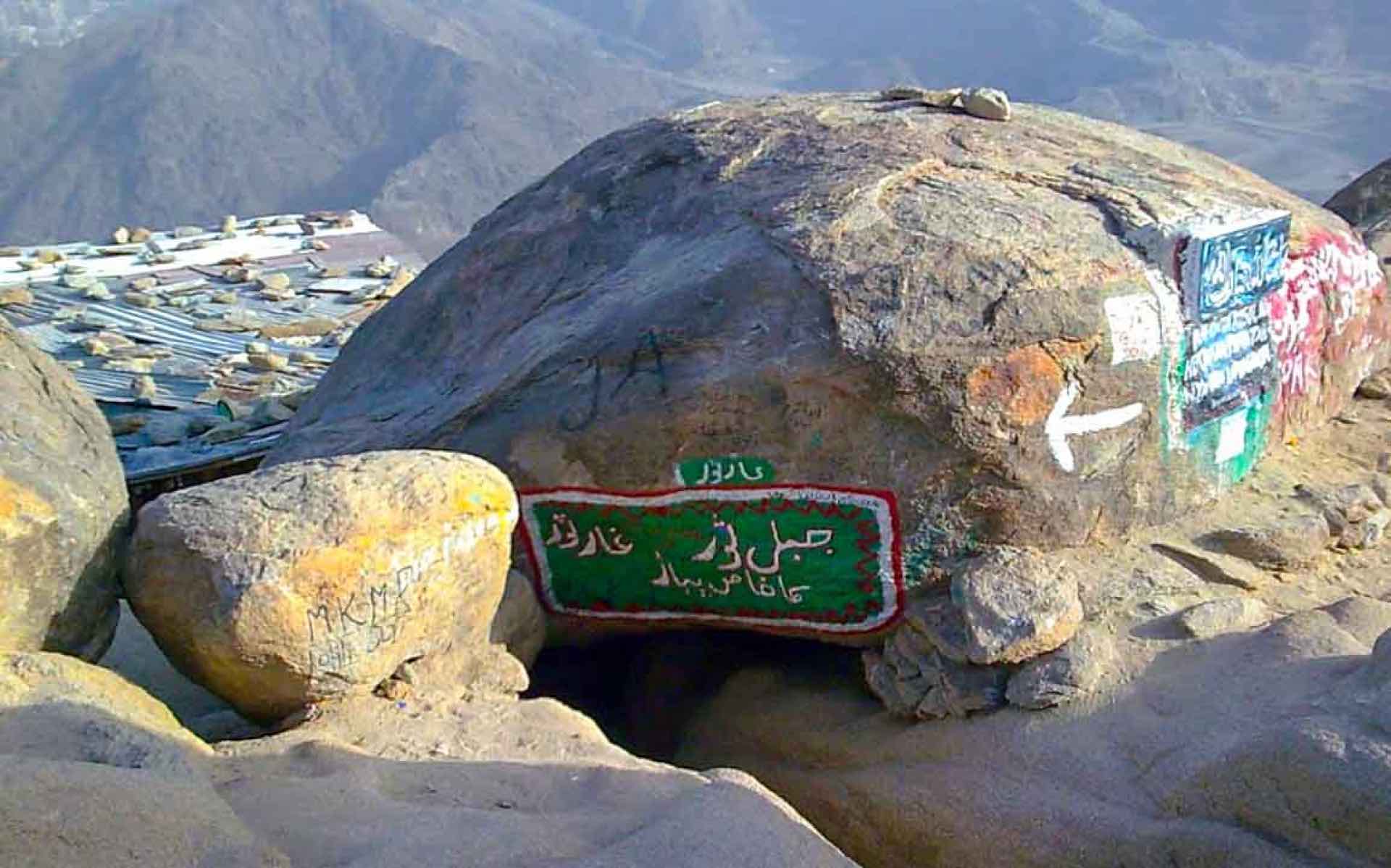
Jabal Thawr and Cave Thawr hold immense historical significance as the hiding place where Prophet Muhammad and Abu Bakr (may Allah be pleased with him) sought refuge during their historic Hijra (migration) from Makkah to Madinah.
Historical Context and Spiritual Reflection
Cave Thawr represents divine protection and unwavering faith during one of Islam’s most pivotal moments, offering pilgrims opportunities to reflect on trust in Allah during challenging circumstances.
Cave Thawr represents divine protection and unwavering faith during one of Islam’s most pivotal moments. The Quranic reference to this event in Surah At-Tawbah adds profound spiritual significance to visits to this sacred location.
Historical Importance:
- Refuge during the dangerous migration journey to Madinah
- Scene of the miraculous protection through spider’s web and dove’s nest
- Symbol of Allah’s protection for His messenger during persecution
- Demonstrates the strength of companionship in faith between Prophet and Abu Bakr
- Location where they hid for 3 days and 3 nights during Hijra
The journey to Cave Thawr provides unique opportunities for contemplation and spiritual connection away from crowded areas, allowing pilgrims to reflect deeply on faith and divine protection.
Cave Characteristics:
- Located approximately 4 kilometers south of Makkah
- Small cave requiring careful entry and respectful behavior
- Natural formation providing perfect concealment during Hijra
- Less crowded than other major sites, allowing peaceful reflection
- Moderate hiking required to reach the location safely
Regional travel experiences can be enhanced through Abu Dhabi tour packages from Mumbai for broader Middle Eastern cultural exploration.
4. Jannat al-Mu’alla: The Sacred Cemetery
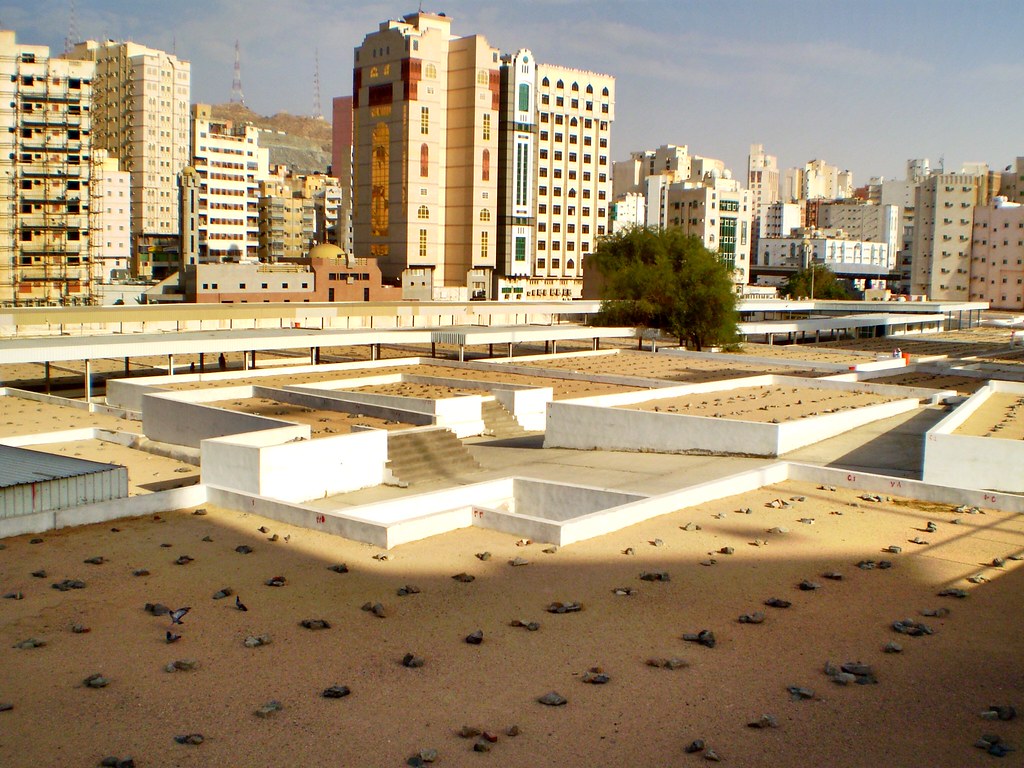
Jannat al-Mu’alla (Cemetery of Mu’alla) serves as the most significant Islamic cemetery in Makkah, containing graves of numerous important figures from early Islamic history, making it a meaningful destination for ziyarat in makkah.
Historical Personalities and Islamic Guidelines
This sacred cemetery houses the remains of several prominent figures from Islamic history, providing opportunities for historical reflection and spiritual connection with early Muslim heritage.
Notable Personalities Buried:
- Aminah (RA): Prophet Muhammad’s beloved mother
- Khadijah (RA): Prophet’s first wife and first female Muslim convert
- Qasim (RA): Prophet’s infant son
- Abdul Muttalib: Prophet Muhammad’s grandfather
- Abu Talib: Prophet’s uncle and early protector
- Various other Sahabah (companions) and family members from early Islamic period
Islamic Visiting Practices: Proper Islamic etiquette for cemetery visits ensures respectful behavior while maximizing spiritual benefits and demonstrating appropriate reverence for the deceased.
Understanding Islamic guidelines for visiting makkah ziyarat places ensures respectful behavior while gaining spiritual benefits from cemetery visits. Visitors should enter with right foot while reciting appropriate supplications, maintain respectful silence, recite Quran for the deceased (particularly Al-Fatiha), and make du’a for forgiveness and mercy for those buried.
5. Masjid Aisha (Tan’eem): Additional Umrah and Sacred Sites
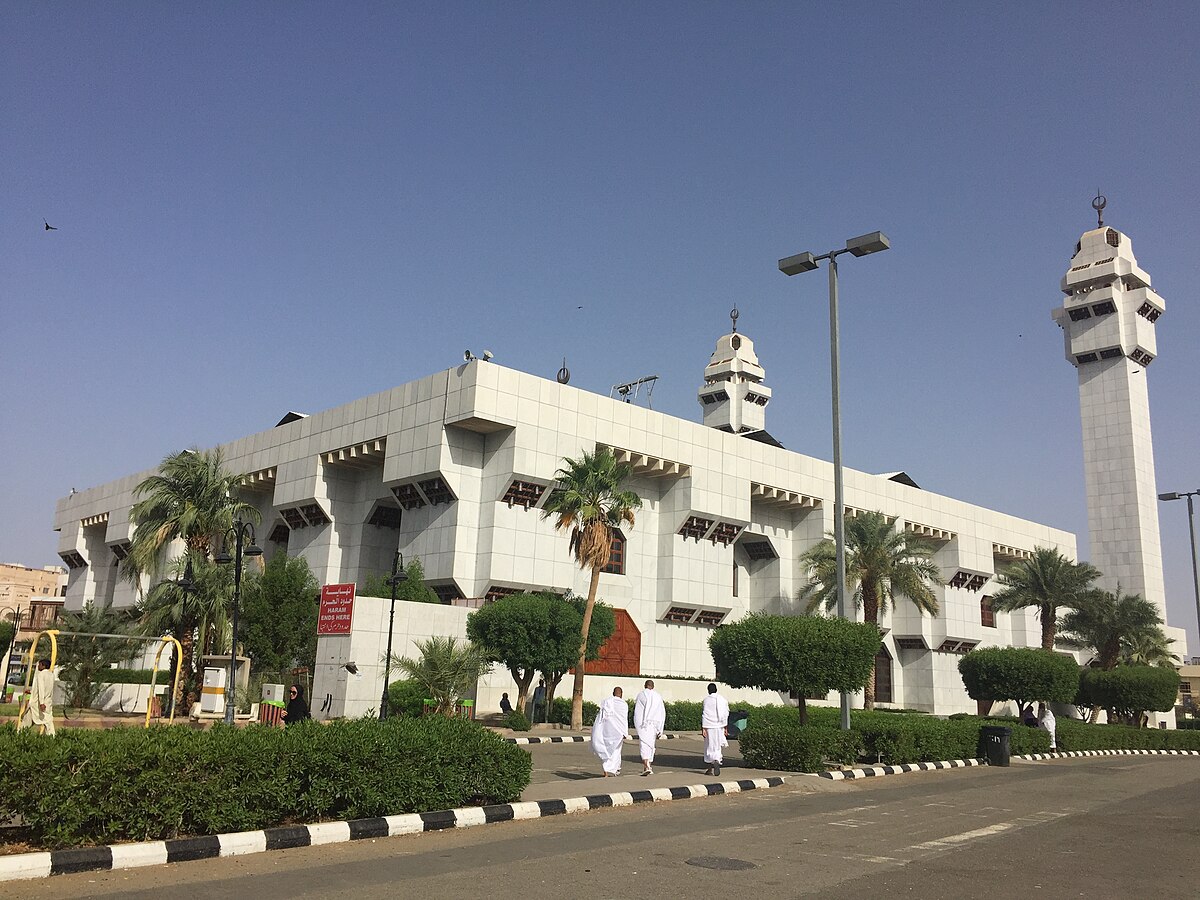
Masjid Aisha, located in Tan’eem, serves as the closest Miqat (boundary point for entering Ihram) to Makkah, while additional sacred sites provide comprehensive spiritual experiences for pilgrims.
Masjid Aisha Significance and Services
Masjid Aisha serves as a convenient location for pilgrims seeking to perform additional Umrah rituals, offering spiritual rewards through repeated pilgrimage during their stay in Makkah.
Masjid Aisha Background: Masjid Aisha is also known as Al-Taneem Mosque, named after the historical incident involving Prophet Muhammad’s wife Ayesha (R.A.) during the Farewell Hajj. When Ayesha faced her menstrual cycle and was unable to perform Tawaf, the Prophet instructed her brother to take her to Taneem, where she purified herself and entered Ihram again to complete her Umrah, making this location significant for additional pilgrimage rituals.
Distance and Transportation:
- Located approximately 6.5 kilometers from Masjid al-Haram
- Easily accessible by bus, taxi, or private transportation
- Serves as the closest Miqat point for locals and visitors
- Popular starting point for pilgrims performing second or additional Umrah
- Available transportation included in most Umrah package deals
Additional Sacred Sites and Cultural Experiences
Beyond the primary ziyarat locations, Makkah offers additional sites of historical and cultural significance that enrich the spiritual journey and provide deeper understanding of Islamic heritage.
Mount Abu Qubays: Located adjacent to Masjid al-Haram, this mountain holds significance as the location where Prophet Muhammad demonstrated the miracle of splitting the moon. According to Islamic tradition, this mountain also protected the Black Stone (Hajar al-Aswad) during the flood in Prophet Nuh’s era.
Kiswah Factory: The specialized government factory responsible for creating the sacred covering of the Kaaba operates just 10 minutes from Masjid al-Haram. Visitors can observe the intricate process of designing, dyeing, weaving, and embroidering the Kiswah, with free admission and guided tours available.
Mina Valley: Located 3 kilometers from Makkah, this valley serves as an important Hajj location where pilgrims stay in modern air-conditioned tents. While primarily associated with Hajj rituals, visiting Mina provides historical insights into Prophet Ibrahim’s sacrifice and devotion.
Things to Do in Mecca: Spiritual Activities and Modern Facilities
Beyond the mandatory Umrah rituals, things to do in mecca include various spiritual activities, modern facilities, and services that enhance the pilgrimage experience while maintaining focus on spiritual objectives.
Prayer and Cultural Opportunities
Beyond mandatory Umrah rituals, Masjid al-Haram and surrounding areas offer numerous opportunities for enhanced spiritual experiences through voluntary prayers and religious observances.
Spiritual Activities:
- Qiyam al-Layl (night prayers) in Masjid al-Haram during blessed hours
- Du’a sessions at Multazam (area between Kaaba door and Black Stone)
- Dhikr (remembrance of Allah) throughout daily activities and rituals
- Join Halaqas (study circles) within the mosque for Islamic learning
- Personal Quran reading in peaceful mosque areas with fellow pilgrims
Makkah offers various educational and cultural opportunities that complement spiritual aspects of pilgrimage while providing deeper understanding of Islamic history, teachings, and global Muslim community.
Learning and Community Experiences:
- Attend lectures by renowned Islamic scholars and religious authorities
- Meet Muslims from diverse global backgrounds and cultural traditions
- Participate in communal prayers and group religious activities
- Learn about different Islamic cultural practices from around the world
- Build lasting friendships through shared faith experiences and spiritual bonds
Modern Facilities and Services
Modern Makkah infrastructure provides comprehensive accommodation and transportation options designed to serve millions of pilgrims while maintaining accessibility to sacred sites and spiritual experiences.
Accommodation and Transportation:
- 5-Star Luxury Hotels: Direct Haram views, premium services, fine dining options
- Mid-Range Hotels: Comfortable amenities, mosque proximity, good service standards
- Budget Accommodations: Basic amenities, affordable rates, clean and safe facilities
- Haramain High-Speed Railway: Modern train connecting Makkah and Madinah efficiently
- Public Transportation: Regular bus services connecting major pilgrim areas throughout city
Shopping and Dining: The Abraj Al-Bait complex and surrounding areas provide extensive shopping and dining facilities that cater to pilgrims’ religious, cultural, and practical needs during their spiritual journey.
Comprehensive shopping includes Islamic books and materials, traditional clothing and Ihram garments, religious artifacts and prayer items, souvenirs commemorating the pilgrimage experience, and personal necessities. Dining options feature international cuisine, traditional Arabic meals, hotel restaurants, and street food, all maintaining strict Halal certification standards.
Comprehensive Middle Eastern travel experiences can be explored through Baku tour packages from Mumbai for diverse cultural immersion.
Travel Guidelines and Cultural Etiquette
Understanding proper documentation, cultural etiquette, and Islamic guidelines ensures smooth pilgrimage experiences while complying with Saudi Arabian regulations and Islamic protocols.
Documentation and Health Requirements
Proper documentation and understanding of Saudi Arabian entry requirements ensures smooth pilgrimage experiences while complying with official regulations and Islamic protocols.
Essential Documents:
- Valid Passport: Minimum 6 months validity remaining
- Umrah Visa: Obtained through authorized tour operators
- Vaccination Certificates: Required immunizations including Meningitis
- Health Insurance: Mandatory coverage for medical emergencies
- Confirmed Accommodation: Hotel bookings or tour package confirmations
For detailed official requirements, refer to the Government of India Haj Advisory for current guidelines and regulations.
Thorough health and safety preparations ensure comfortable, secure pilgrimage experiences while preventing common travel-related issues and maintaining well-being in the desert climate.
Islamic Etiquette and Cultural Guidelines
Appropriate dress and behavior demonstrate respect for the sacred environment while complying with Islamic modesty principles and Saudi cultural expectations throughout your pilgrimage.
Dress Code Requirements:
- Men: Ihram during rituals (two white seamless cloths), modest regular clothing
- Women: Modest clothing covering entire body except face and hands, hijab mandatory
- General: Clean clothing for mosque entry, easy-to-remove footwear
- Cultural Sensitivity: Respect for conservative social environment and local customs
Understanding proper Islamic etiquette and social customs enhances interactions with fellow pilgrims while demonstrating respect for sacred spaces and religious observances.
Religious and Social Guidelines:
- Ritual Purity: Maintain Wudu (ablution) for mosque entry and prayers
- Prayer Direction: Face Qibla during all Islamic prayers and worship
- Respectful Behavior: Maintain quiet demeanor during prayers and sacred activities
- Photography Ethics: Respect restrictions and seek permission before photographing people
- Community Unity: Embrace the spirit of global Muslim brotherhood and cooperation
For comprehensive travel planning and flight arrangements, consider utilizing online flight booking in Mumbai services for convenient travel coordination.
Conclusion
The sacred places to visit in makkah during umrah offer profound spiritual experiences extending beyond fundamental pilgrimage rituals, from the magnificent Masjid al-Haram with the holy Kaaba to the historically significant caves of Hira and Thawr. Understanding proper visiting protocols and spiritual practices associated with these makkah ziyarat places ensures meaningful experiences while respecting Islamic traditions, creating opportunities for spiritual elevation and lasting memories in this blessed city.
The combination of ancient spiritual significance with modern facilities creates an environment where millions of pilgrims can pursue their religious obligations comfortably while maintaining focus on their spiritual objectives. You can visit us at VDP Travels, Neighbourhood Complex, F- 5, near SBI Bank, Sector 4, Nerul, Navi Mumbai, Mumbai, Maharashtra 400706. For comprehensive Umrah packages with expert guidance and complete spiritual journey arrangements, call +91 99675 18405, or visit VDP Travels.
Places to Visit in Makkah During Umrah – FAQs
What are the essential places to visit in Makkah during Umrah?
Essential sites include Masjid al-Haram (Kaaba), Jabal al-Nour (Cave Hira), Jabal Thawr (Cave Thawr), Jannat al-Mu’alla cemetery, and Masjid Aisha (Tan’eem) for comprehensive spiritual experiences.
What are the main things to do in Mecca besides Umrah rituals?
Key activities include visiting Cave Hira for spiritual reflection, exploring Cave Thawr for historical connection, praying at Jannat al-Mu’alla cemetery, and performing additional Umrah from Masjid Aisha.
Which ziyarat places in Makkah have the most religious significance?
Masjid al-Haram houses the Kaaba, Cave Hira is where first Quranic revelation occurred, Cave Thawr provided refuge during Hijra, and Jannat al-Mu’alla contains graves of Prophet’s family members.
How long should I spend at each makkah ziyarat place?
Masjid al-Haram requires 2-4 hours daily, Cave Hira and Cave Thawr need 2-3 hours each including travel, Jannat al-Mu’alla requires 1-2 hours, and Masjid Aisha needs 1 hour.
What is the best time to visit places in Mecca during Umrah?
Early morning after Fajr and evening before Maghrib offer comfortable temperatures. Cave visits are best in early morning, while cemetery visits are recommended during morning hours.
Are there any special guidelines for visiting makkah place locations?
Maintain ritual purity (Wudu), dress modestly according to Islamic guidelines, respect local customs, avoid disturbing other pilgrims, and follow specific etiquette for each sacred location.
What documents are needed for visiting saudi makkah locations?
Valid passport, Umrah visa, vaccination certificates, health insurance, confirmed accommodation, and return flight tickets are essential for entry and movement within Saudi Arabia.
How far are major ziyarat locations from central Makkah?
Masjid al-Haram is central, Cave Hira is 4 km northeast, Cave Thawr is 4 km south, Jannat al-Mu’alla is 2 km north, and Masjid Aisha is 6.5 km from Haram.
Can women visit all ziyarat places in Makkah?
Yes, women can visit all mentioned locations following Islamic dress code, traveling with mahram when required, and maintaining appropriate behavior in mixed-gender areas.
What should I pack for visiting places to visit in mecca during umrah?
Pack comfortable walking shoes, modest Islamic clothing, prayer mat, Quran, water bottle, sun protection, personal medications, and appropriate clothing for varying weather conditions


